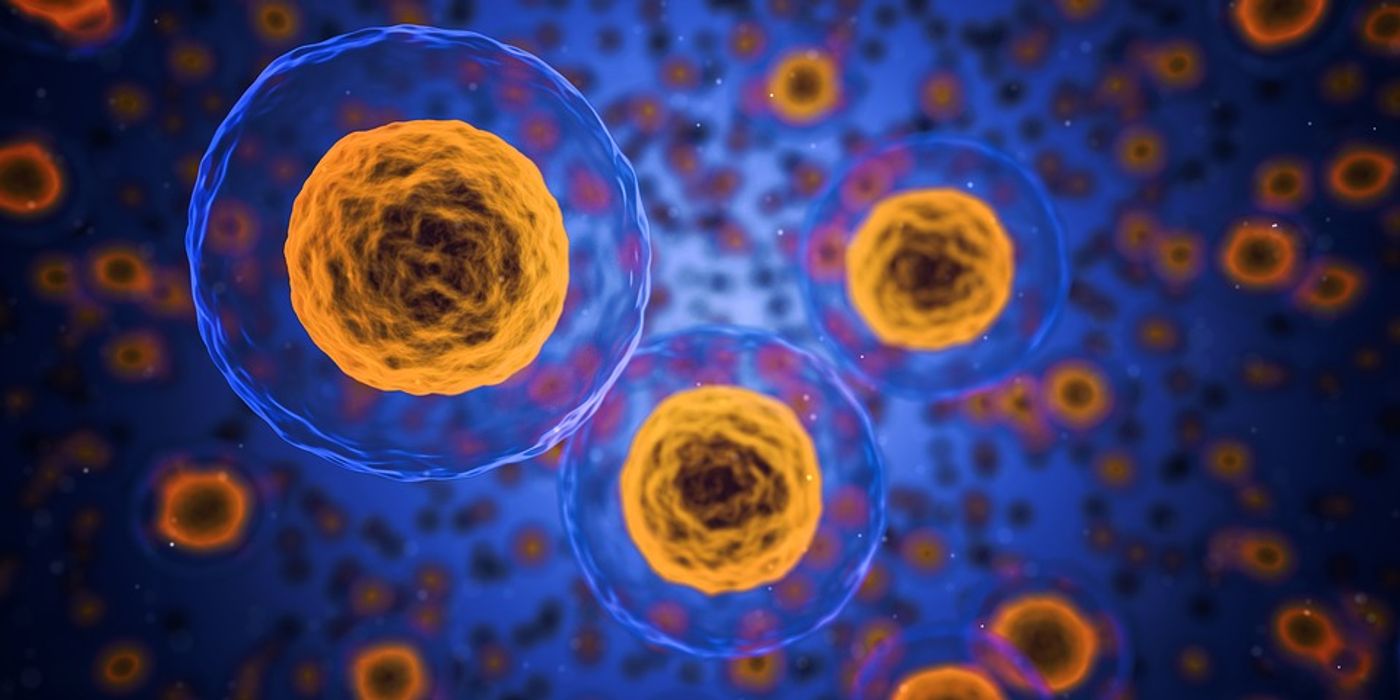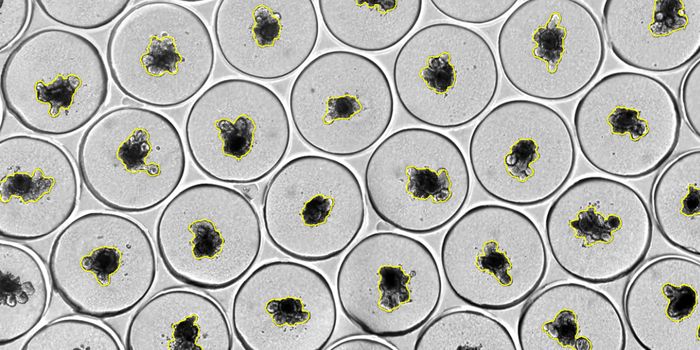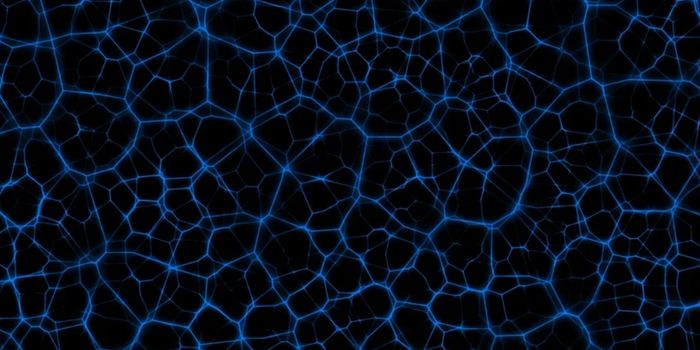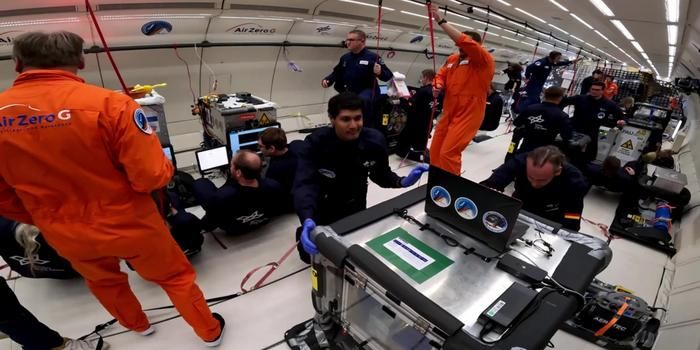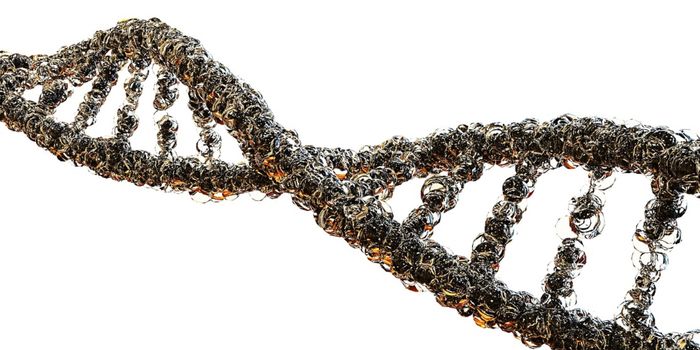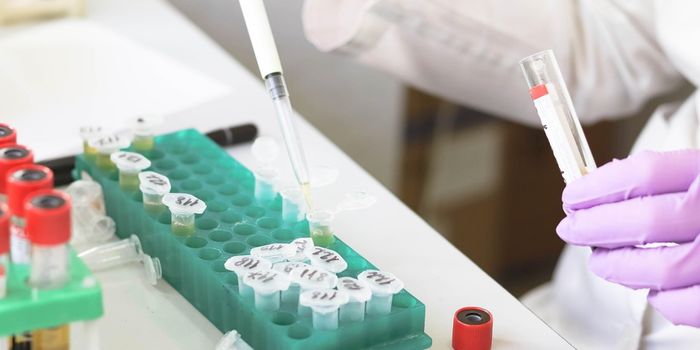The Nucleolus Plays a Role in Protein Quality Control
Eukaryotic cells have specialized structures that complete specific tasks - organelles. One of those organelles is the nucleolus, which is known to generate subunits of another organelle, the ribosome. Now researchers have found that the nucleolus also checks on the quality of proteins. Work reported in Science indicates that the nucleolus can help stop harmful proteins from accumulating.
Learn the difference between the nucleus and the nucleolus from the video.
Proteins are composed of strings of amino acids that are folded into a three-dimensional structure. A cell under stress will often fold proteins the wrong way, which can cause serious harm; the protein may not perform some critical function, or it may have some other negative impact. Misfolded proteins also clump together, which is a feature of some neurodegenerative conditions, like Parkinson’s or Alzheimer’s disease.
Scientists have known about the nucleolus since the 1830s, and in the 1960s, had determined that portions of the ribosome are made there. Proteins called chaperones were also known to migrate to the nucleolus sometimes. This new research has indicated that the chaperones that move to the nucleolus are also linked to proteins that are sensitive to stress.
Previous work by the team of Franz-Ulrich Hartl of the Max Planck Institute (MPI) for Biochemistry has shown that chaperones are involved in protein quality control, and are necessary for proteins to be folded correctly. This work has shown that when proteins are improperly folded, the chaperones can guide them to the nucleolus.
The researchers fused an enzyme to a glowing protein, so they could observe it under a microscope to see how it folded. "We have been using the enzyme luciferase as a model protein for many years in order to investigate the mechanisms of protein folding," explained corresponding study author Mark Hipp of the MPI. "We were able to show that stressing cells by heating them to 43°C results in the transport of the misfolded luciferase protein, together with the chaperones, into the nucleolus."
To reveal the mechanisms underlying this process, the team turned to Ralf Jungmann, a professor of Experimental Physics at Ludwig Maximilian University of Munich (LMU) and Jürgen Cox of MPI. They found that if luciferase wasn’t folded correctly, it ended up in the nucleolus in a kind of suspended state, only allowed by the biophysical environment of the organelle. "In the nucleolus, misfolded proteins were kept in a liquid-like state instead of aggregating," explained study first author Frédéric Frottin.
"Proteins that usually tend to aggregate are stored in a less dangerous form during stress, which protects cells from damage. Once the cell has had time to recover, the proteins can be refolded and released from the nucleolus," added Frottin.
After that, the cell can deal with the protein in several ways and can repair or destroy it. If the cell is under stress for prolonged periods, however, the protection won’t last. "This is a new mechanism that maintains the integrity of the cell," Hipp said. As integrity breaks down, it may contribute to the development of disease or aging.
Professor Hartl's work on chaperones is discussed in the video.
Sources: Phys.org via Ludwig Maximilian University of Munich, Science
